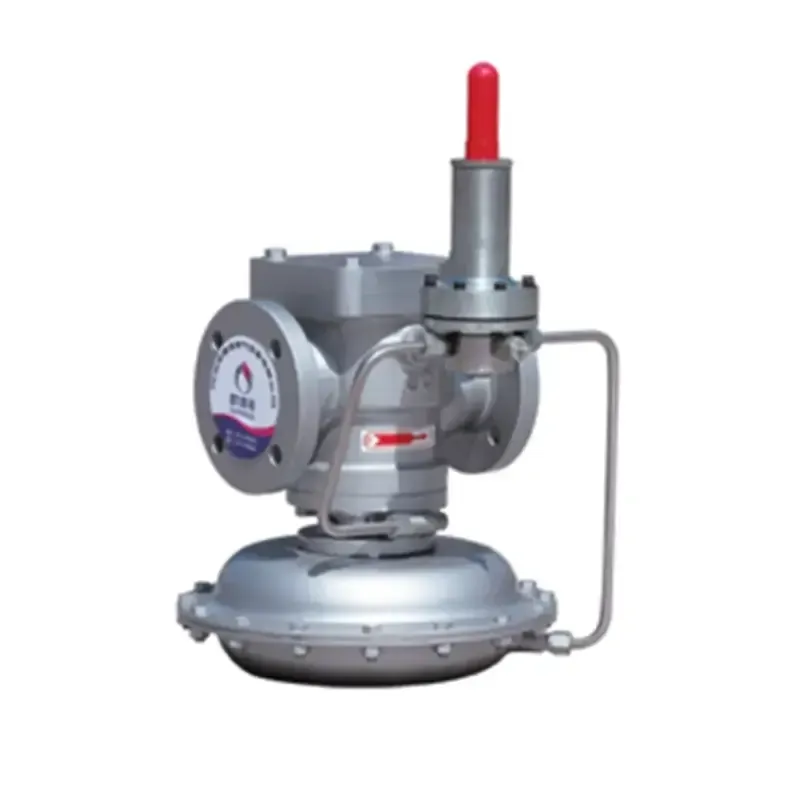
Sep . 19, 2024 12:36
Back to list
pressure reducer
Understanding Pressure Reducers Essential Components for Fluid Control
Pressure reducers are vital components in various industries, ensuring that fluids are delivered at safe and usable pressure levels. These devices play a crucial role in managing fluid dynamics, shifting high-pressure levels to lower, more manageable outputs. Whether in residential plumbing systems, industrial applications, or medical equipment, the functionality of pressure reducers is pivotal in optimizing performance and ensuring safety.
At its core, a pressure reducer, also known as a pressure regulator, is designed to maintain a consistent outlet pressure regardless of fluctuations in incoming pressure. This is achieved through a simple yet effective mechanism. When high-pressure fluid enters the unit, the internal components, typically a spring-loaded diaphragm, sense the pressure and adjust accordingly to release fluid at a pre-set lower pressure. This ability to regulate pressure is essential for systems that cannot tolerate sudden spikes or dips, which could lead to damage or malfunction.
In residential applications, pressure reducers are commonly used in water supply systems. Municipal water supplies can be significantly pressurized, and without a pressure reducer, this high pressure can cause pipes to burst or lead to leaks. Installing a pressure reducer ensures that households receive water at a safe pressure level, enhancing the longevity of plumbing fixtures and reducing maintenance costs.
pressure reducer

In industrial contexts, the importance of pressure reducers becomes even more pronounced. Many manufacturing processes involve the use of gases and liquids under high pressures. Without proper regulation, these processes can become hazardous. For instance, in the chemical industry, pressure reducers control the flow of gases used in reactions. By ensuring a steady flow at the correct pressure, manufacturers can maintain safety while optimizing production efficiency.
Medical equipment also relies heavily on pressure reducers. Devices such as oxygen regulators in hospitals require precise pressure control to ensure patients receive the correct dosage of oxygen. An incorrect pressure could lead to serious health risks, making the role of reducers in this context critical for patient safety.
Choosing the right pressure reducer involves understanding the specific requirements of the application, including pressure range, flow rate, and medium type. Various types of pressure reducers are available, from diaphragm to piston-based designs, each tailored to different operational needs.
In conclusion, pressure reducers are indispensable tools that enhance safety and efficiency across multiple sectors. Their ability to control and stabilize pressure levels ensures that systems function smoothly, preventing accidents and ensuring reliability. As technology advances, the designs and applications of pressure reducers will continue to evolve, further amplifying their importance in fluid control systems.
Latest news
-
Safety Valve Spring-Loaded Design Overpressure ProtectionNewsJul.25,2025
-
Precision Voltage Regulator AC5 Accuracy Grade PerformanceNewsJul.25,2025
-
Natural Gas Pressure Regulating Skid Industrial Pipeline ApplicationsNewsJul.25,2025
-
Natural Gas Filter Stainless Steel Mesh Element DesignNewsJul.25,2025
-
Gas Pressure Regulator Valve Direct-Acting Spring-Loaded DesignNewsJul.25,2025
-
Decompression Equipment Multi-Stage Heat Exchange System DesignNewsJul.25,2025

